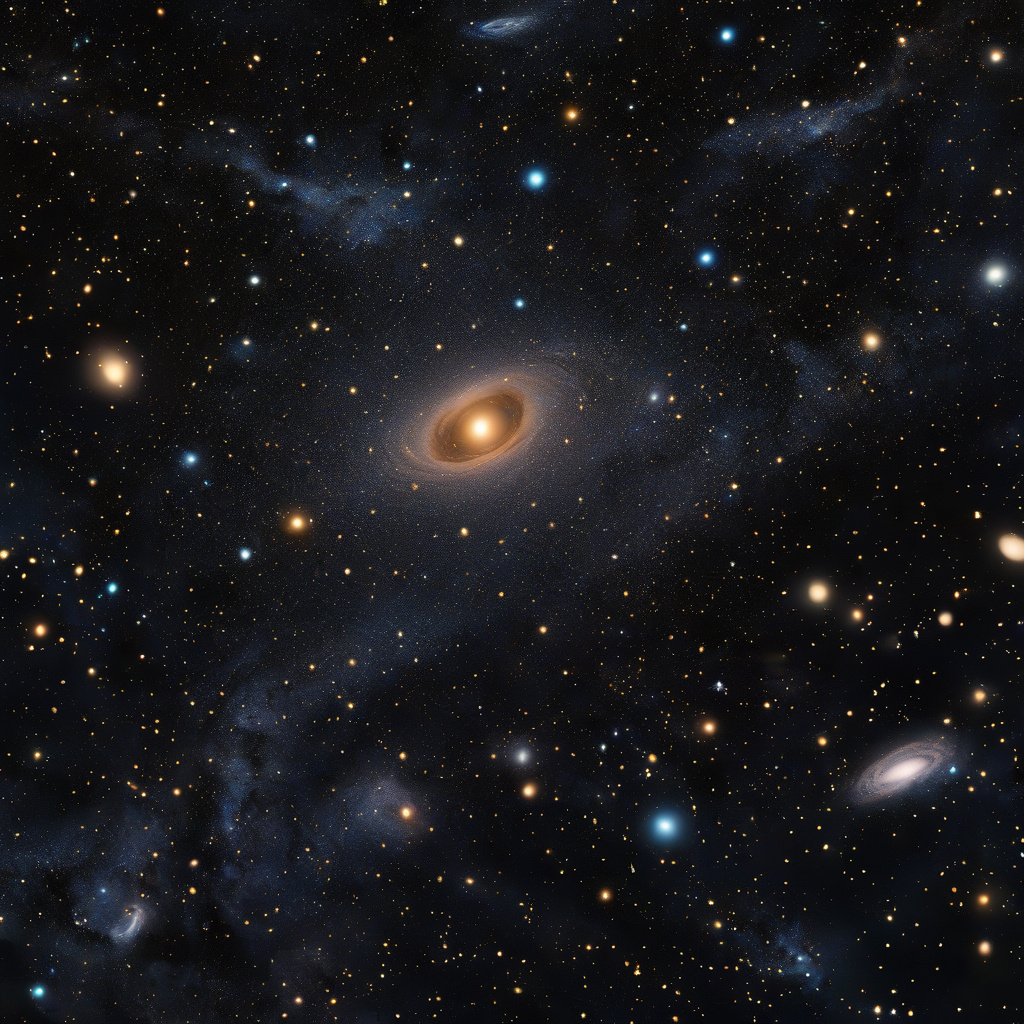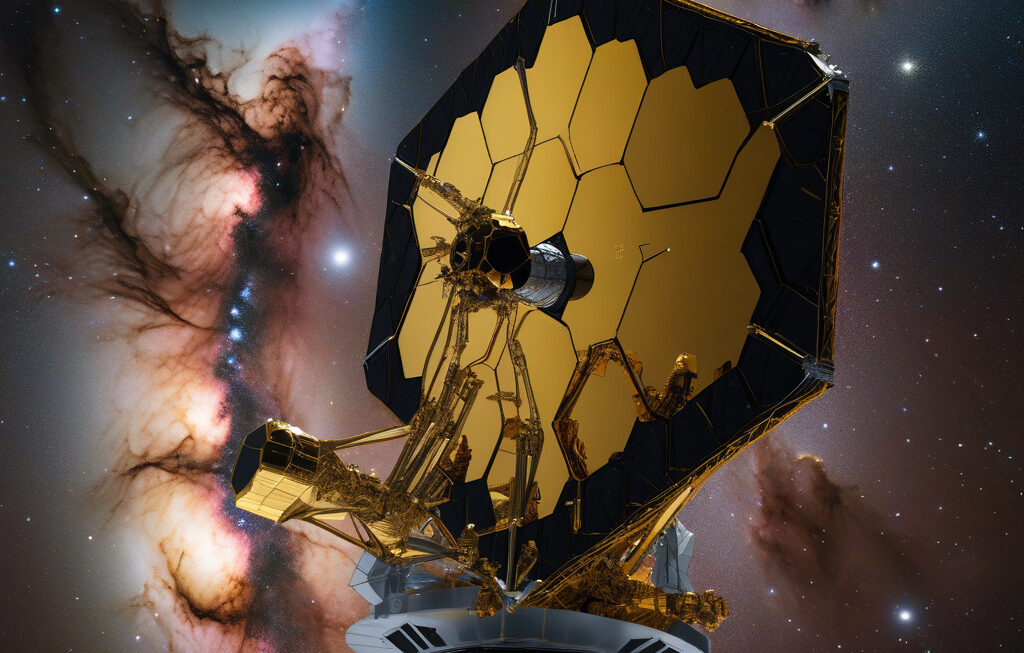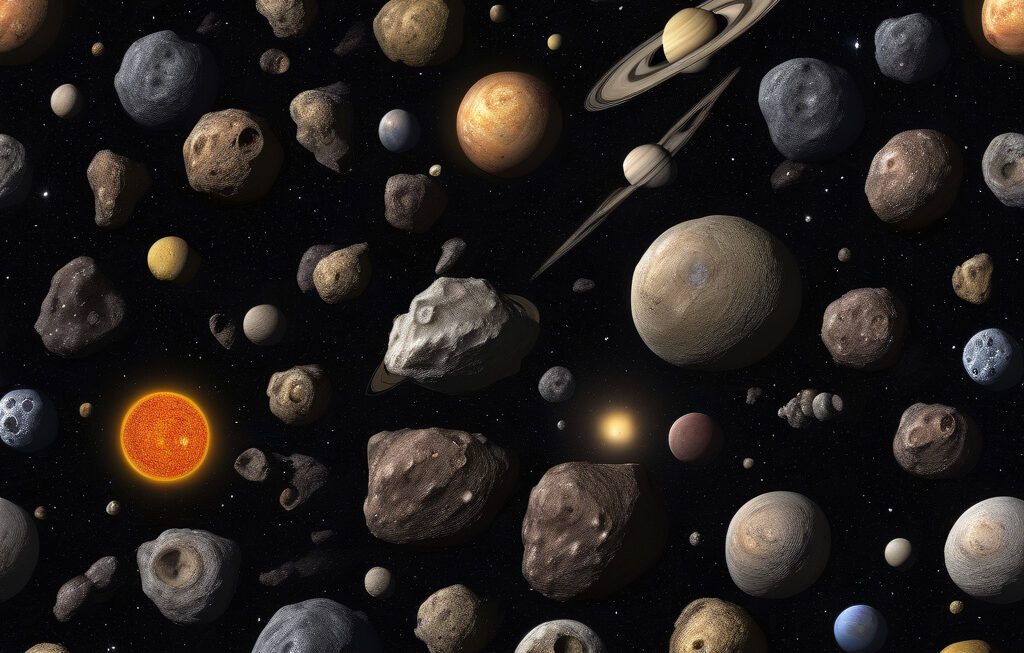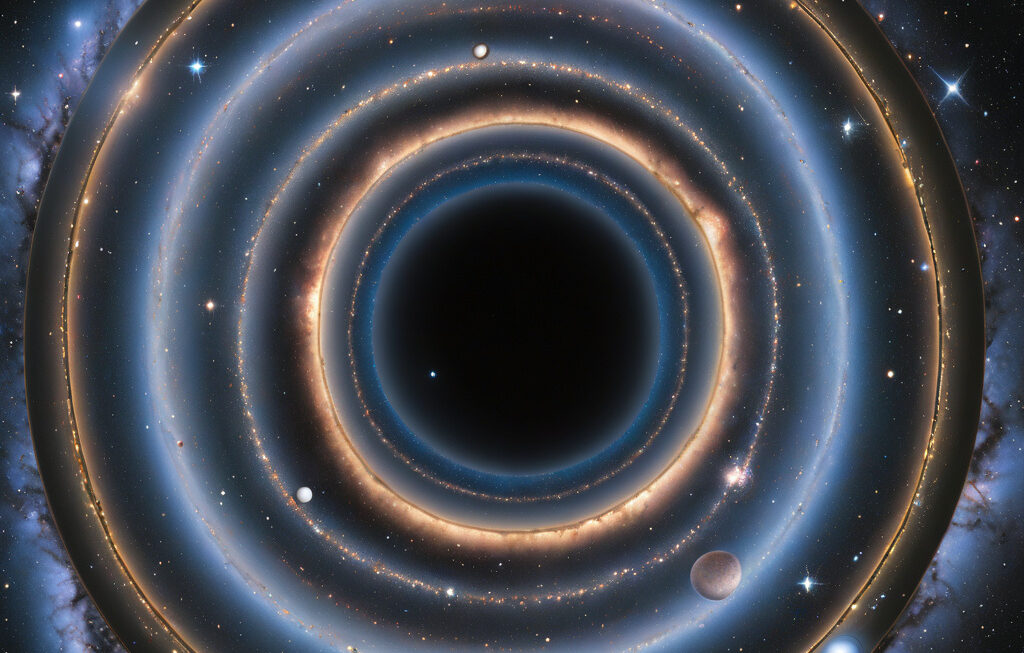DESI’s Sky Map Suggests Black Holes Create Dark Energy Using the Ash of Dead Stars
On a quiet mountaintop in southern Arizona, 5,000 robotic eyes scan the sky every night, mapping the cosmos with unprecedented precision. This intricate dance of technology is all part of the Dark Energy Spectroscopic Instrument (DESI) project, a revolutionary endeavor that aims to unravel the mysteries of the universe.
Recently, DESI made a groundbreaking discovery that could change our understanding of dark energy, the enigmatic force driving the accelerated expansion of the universe. According to the latest data from DESI’s sky map, black holes might play a crucial role in generating dark energy by utilizing the remnants of deceased stars.
The concept is as mind-boggling as it is fascinating. When massive stars reach the end of their life cycles, they undergo supernova explosions, scattering their elemental remains into space. These elements, enriched with heavy metals forged in the cores of stars, eventually coalesce to form new celestial bodies, including black holes.
Black holes, with their immense gravitational pull, act as cosmic recycling centers. As they accrete matter from their surroundings, including the remnants of dead stars, they release tremendous amounts of energy. DESI’s observations suggest that this energy output could contribute to the mysterious dark energy that pervades the universe.
This hypothesis challenges existing theories that attribute dark energy to a uniform, repulsive force inherent in the fabric of spacetime. Instead, DESI’s findings propose a dynamic and interconnected relationship between the life and death of stars, the formation of black holes, and the expansion of the cosmos.
The implications of this discovery are profound. If black holes indeed play a significant role in generating dark energy, it could reshape our understanding of the fundamental forces governing the universe. It could also provide new insights into the evolution of galaxies, the distribution of matter in the cosmos, and the ultimate fate of our universe.
Moreover, DESI’s innovative approach to studying the universe exemplifies the power of technological advancements in astronomy. By combining state-of-the-art instrumentation with sophisticated data analysis techniques, DESI has unlocked a treasure trove of information about the cosmos, challenging conventional wisdom and pushing the boundaries of scientific knowledge.
As researchers continue to analyze the data from DESI’s sky map and refine their models, the scientific community eagerly anticipates further revelations about the nature of dark energy and the cosmic phenomena that shape our reality. The journey to unraveling the mysteries of the universe is far from over, but with projects like DESI leading the way, we are closer than ever to grasping the true essence of the cosmos.
In conclusion, DESI’s sky map suggesting that black holes create dark energy using the ash of dead stars opens up new avenues of exploration and inquiry in the field of astrophysics. By challenging established theories and offering fresh perspectives on the cosmic forces at play, DESI’s findings remind us of the boundless wonders that await discovery in the vast expanse of the universe.
DESI, Sky Map, Black Holes, Dark Energy, Dead Stars












